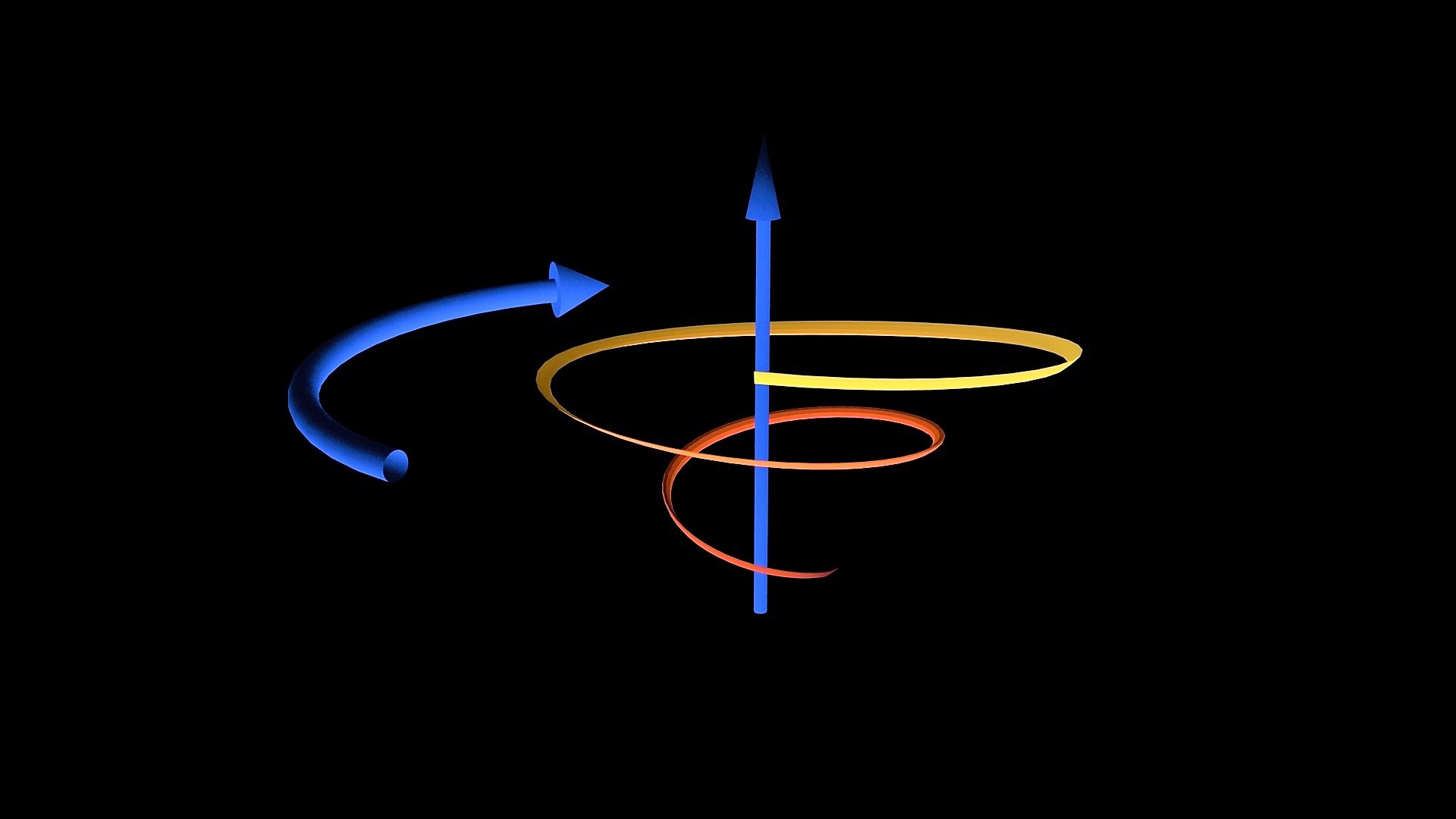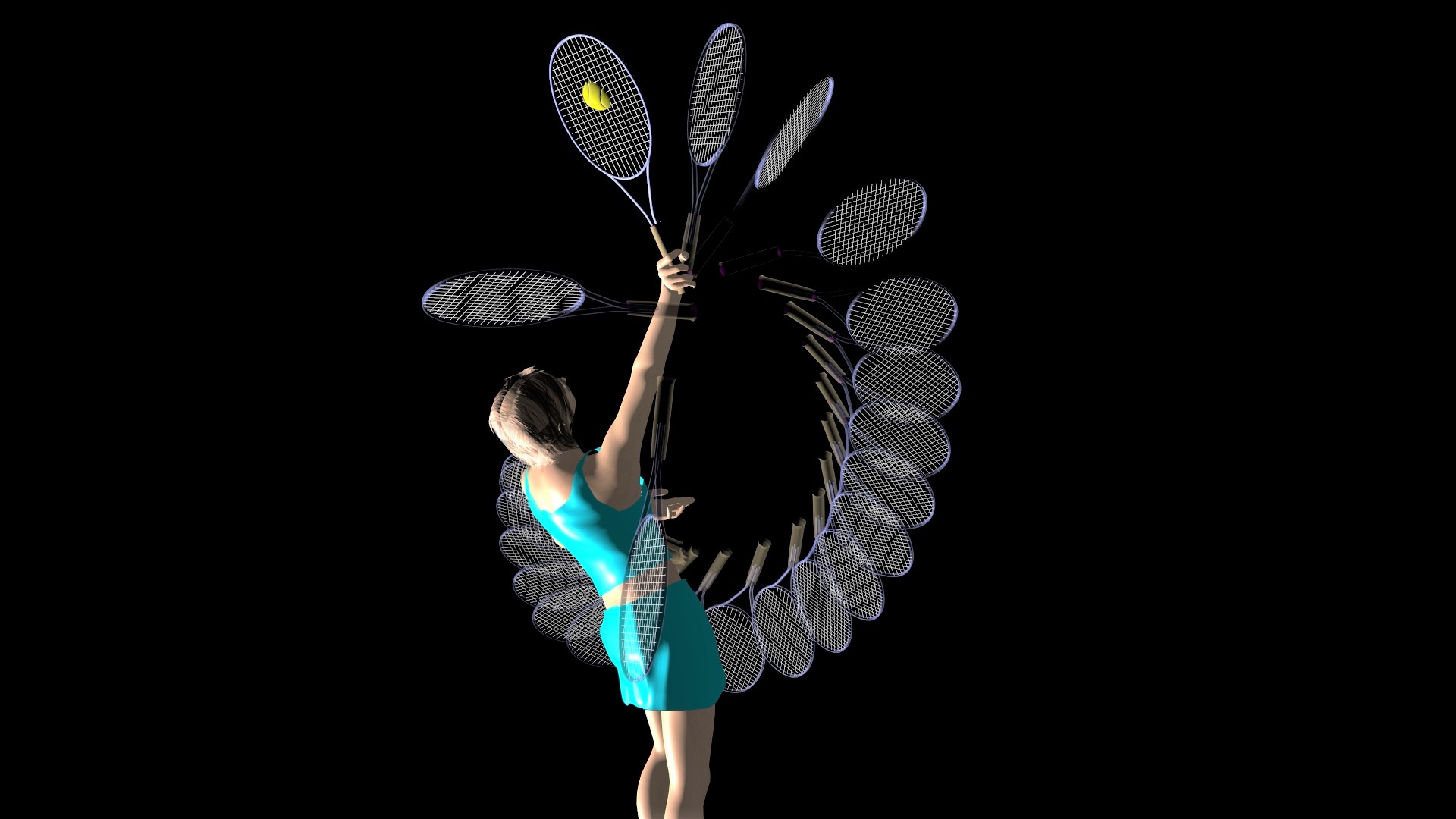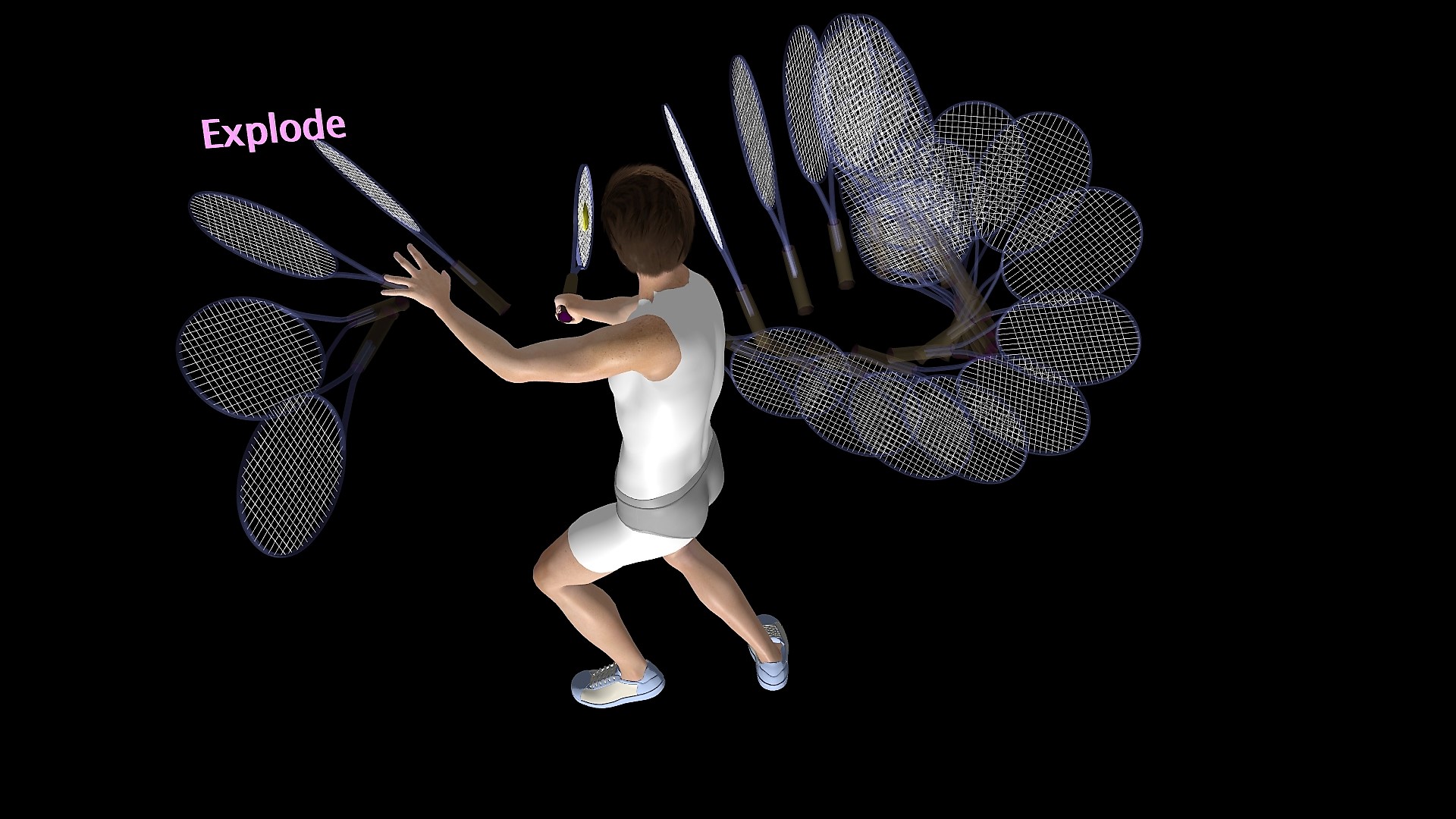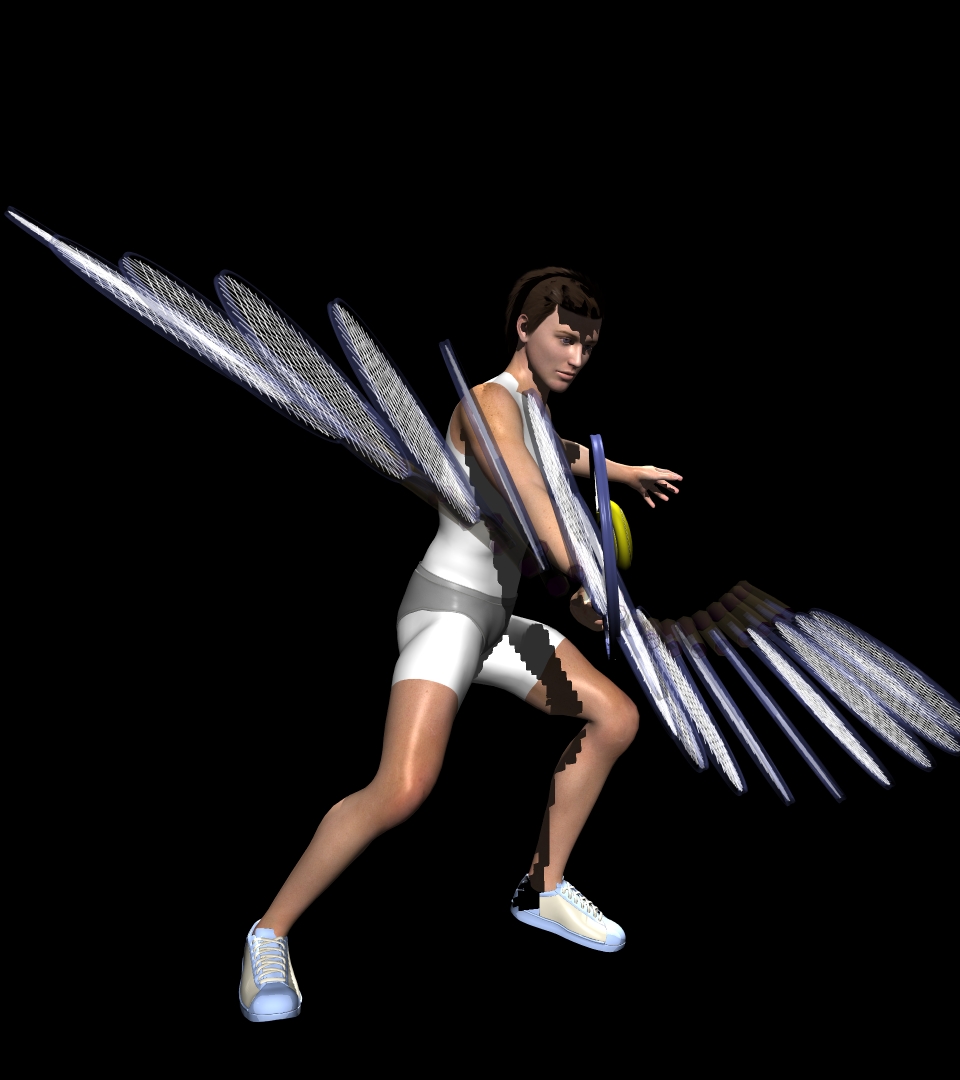The Shape of Tennis
There are no straight lines in tennis. Importantly you are incapable of guiding the racket head along a straight line. It is not your fault you are just not built to do that. Try and draw a straight line with a ruler. No problemo. Now try with a compass; not possible. Your jointed limbs are more like a bunch of compasses than they are like rulers. What your body is designed to do is describe beautiful arcs and ellipses - so let us do that!
I was always told to move the racket along the desired flight of the ball in more or less a straight line. Since this is patently impossible, perhaps we can visualize our strokes as both more beautiful and more effective instead of struggling to hit "through-the-ball".
Universal Stroke Geometry
The fundamental shape of all tennis strokes is a conical helix or a "widening gyre" (apologies to W.B Yeats). A widening gyre is a three-dimensional geometric shape that has fascinated natural scientists, poets, and philosophers for millennia. Widening gyres are everywhere; the turns of a screw, seashells, tornadoes In tennis, they are important because they represent the secret of how A-players so easily develop pace, spin, and control, all with the same stroke at the same time with a minimum of muss and fuss. The conical helix is the ultimate source of beauty and elegance in any well-performed tennis stroke. In the illustration below, the racket head travels along the path of the helix (curved arrow) but the face points in the direction of the axis (straight arrow). If the racket face were pointing in the direction of the curved arrow, it would be rotating in space so fast that you could never control or even predict where it would be pointing at the moment of contact. Even finding the ball with the racket would be a challenge. Pointing along the stable straight axis means that whenever you happen to make contact with the ball, the racket is pointing in that unchanging direction, which is good for control and addressing the ball.. Since the racket is moving in one direction but pointing in another you get spin. The actual geometry of the individual strokes is way complicated, with expanding and contracting gyres with shifting centers of rotation. Every time I try to break it all down I end up with a splitting headache and the absolute conviction that I have no more talent for physics than I do for tennis.
Suffice it to say I get close enough to the solution to see clearly that knowledge of that solution, while perhaps elegant, is of no use to me or anyone else on a tennis court. One is way better off just recognizing that these shapes provide the raw material for sound stroke production and understand a few fairly simple codicils:

-
Consequences of Helical Tennis
- Every proper shot should be hit with some spin
- otherwise it is a slap
- or a spank
- One must pull across the ball
- dragging the racket by handle along its axis in orbit around a joint
- Complex non-linear racket head path
- reversal of rotation between backswing and forward swing
- changing orbital center for leverage
- from hips
- to shoulders
- to elbow
- to wrist



